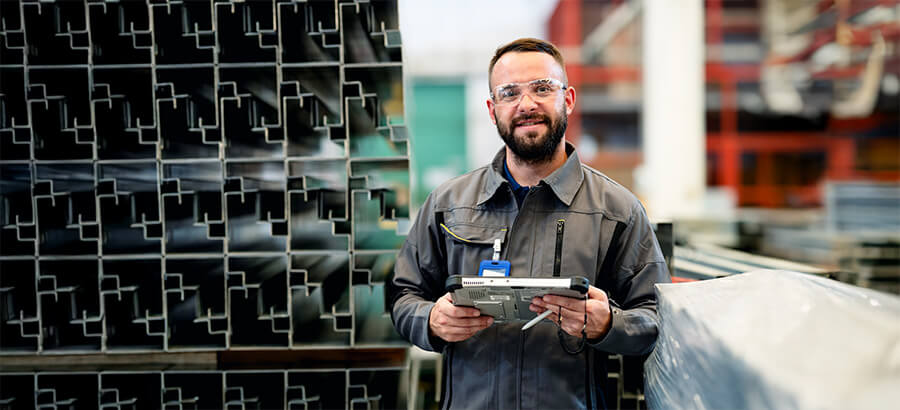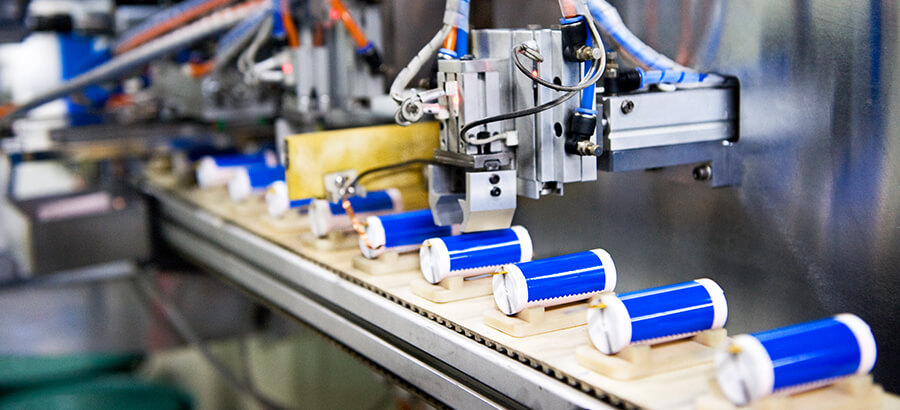The Internet has made competition global. Consumers now have more choice, and they exercise that choice more often, resulting in trends that move faster than ever before. The growth of the Internet, together with the emergence of new technologies, is having a major impact on the way manufacturers operate.
Manufacturers in the 20th Century focused on keeping their operations running as close to capacity as possible; this favored long production runs. Their markets were more local, making them easier to manage and therefore more stable, which further favored long production runs. In the 21st Century factory of the future, long production runs are no longer valid. Capacity will take a back seat to production flexibility as the key performance indicator for factory managers. To deal with these changes, new manufacturing production software methodologies and processes will need to be adopted.
Flexible Manufacturing System
The Flexible Manufacturing System (FMS) is defined by APICS as a “manufacturing process that can respond quickly and easily to predicted and unpredicted changes.”
They identify two kinds of flexibility: machine and routing.
“Machine flexibility reflects a system’s ability to change and produce new product types and its ability to change the order of operations executed on a part. Routing flexibility reflects the ability to use multiple machines to perform the same operation on a part as well as the ability to absorb large-scale changes, such as in volume, capacity, or capability.”
An FMS system is typically comprised of three subsystems:
- Work machines like computer numeric control machines do the fabrication.
- Material handling system optimizes part flow.
- Central control manages material movements and machine control.
This system allows manufacturing to be more responsive, and offer a greater variety of products with higher levels of customization while maintaining high productivity.
3-D Printing
3-D printing is changing manufacturing now. You can now make products in materials like plastic, metal and ceramic and the price is going down quickly.
Plastics manufacturer and SYSPRO customer Primex Manufacturing, for example, uses 3-D printing to create prototypes. Once the CAD drawing is done, they can produce a prototype in just a few hours—a process that used to take weeks and months. 3-D printers have a dramatic effect on their product development time and they are by no means unusual in this respect.
The quality of the products made through 3-D printing is improving to the point where they can also be used in the production of final products.
The technology has already been used successfully to create custom medical devices that need to be tailored to the patient, like a 3-D printed tracheal splint that is naturally absorbed by the body over time. It is also making inroads into the manufacturing of products that are not custom or unique. Boeing, for example, uses 3-D printers to make over 200 part numbers for ten different types of aircraft. This in a highly-regulated industry with strict requirements governing things like materials and metal tolerance.
As 3-D printing matures, it will give manufacturers even greater flexibility—custom-manufactured products designed and configured by end users. This level of flexibility has not arrived yet, but it will come soon and manufacturers will have to be prepared.
Tumultuous Times
Production flexibility is a trend not without its disruptions.
Supply chains are going to be flipped. It will be cheaper to manufacture parts with low volume or high obsolescence on premise, rather than ordering from overseas, and will encourage supply chain optimization by eliminating the risks and expenses of long supply chains.
The replacement parts business model will undergo a complete overhaul when businesses around the globe can order replacements printed up at the nearest 3-D printer from specs downloaded from the original equipment manufacturer.
Aftermarket parts will be similarly affected.
Manufacturers that can’t accommodate these needs for production flexibility will struggle and fail.
For more information on how manufacturing is changing, download the Future of Technology in Manufacturing white paper.








